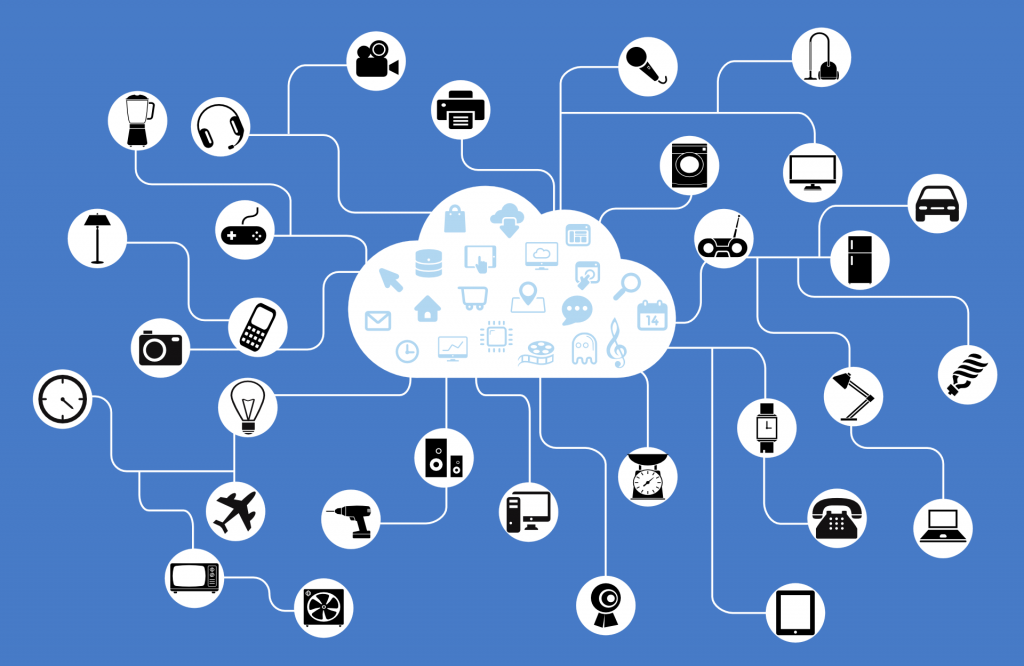New technology is not only about autonomous vehicles, robots, and smart sensors. For businesses of all sizes and scales, tech trends are changing the rules of the game.
Remember the gigantic monolithic business software of yesterday? These have well and truly been replaced by lighter and cloud-based applications, which record real-time data effortlessly, and are accessible on the move.
As an IT manager, you can no longer remain glued to the computer screen. Instead, you need to understand the real pain points, needs, and expectations of business teams.
To keep them ahead of the game, you need to stay attuned with the latest from the world of business-relevant technologies. And that’s where this guide intends to show you the way.
Mobility: The biggest force of change for business tech
Before we discuss mobility, let’s acknowledge the fact that mobile technology is easily the fastest growing domain in the tech universe. Mobile devices, mobile operating systems, mobile apps, and mobile-friendly websites — it’s everywhere around us.
Your organization’s people need their tech assets to be mobile friendly too. Whether it’s an internal website or a customer portal supported by IT, if it’s not mobile friendly, you can bet people won’t love it. Well-developed and thoroughly tested mobile apps can help businesses execute highly effective marketing strategies.

Mobile wallets and mobile credit cards are fast-growing, and on track to transform the idea of cashless payments on the go.
With devices such as Microsoft Surface Pro, the lines demarcating mobile devices from others are also blurring (it’s a 3-in-1 device — laptop, desktop, and tablet). Business teams need access to business applications on the move, and IT is tasked with the responsibility to ensure that that can occur.
Data: A driver of success for IT and business

The massive volumes of data generated and collected every day in organizations — it’s mind-blowing.
Savvy business managers know that mining and leveraging insights from this data is the way forward toward success. And it’s time IT managers enhance their understanding of the important forces of change within the data universe. Here’s what an IT manager needs to do to harness these new technology trends:
- Be in the thick of things as far as the latest data analytics products are concerned.
- Propose the use of visualization software that helps present the insights from data analytics in an intuitive manner.
- Build processes that help in collecting the right data, from the right source, and in the right format.
- Making unstructured data (such as social media comments to the business’ branded posts) a part of the data mix.
Irrespective of the industry you operate in, know that competitors are well and truly on way to establishing mature data processes. If your organization hasn’t started yet, blow the bugle today.
IoT’s business applications
Internet of Things — that’s the terminology used for the idea of connected “things.” Of course, businesses can massively improve critical functions, right from supply chain management to product engineering via IoT’s business applications.
IT managers can understand the principles, protocols, and limitations of IoT much better than business leads. Hence, they need to be vital members of committees driving your company’s IoT projects forward.

IoT significantly increases the number of endpoints in the enterprise network, which increases the threat surface area.
Apart from these, IT managers also need to be aware of IoT standards, as well as news from the world of IoT legislation. Hence, IT managers need to keep an eye out on trends from the IoT security, edge computing domains, proliferation and adoption of IoT standards and protocols, and legislation.
Chatbots: The new paradigm of business conversation
Chatbots are instant messenger-styled programs that use machine learning to automatically respond to human text or voice inputs. These programs also use natural language processing technology to understand inputs and generate responses in a language that sounds and reads a lot like how a human would say or type them.
Chatbots are the prime drivers of a transformation in internal and external communications for companies.
These new technology programs can deliver massive benefits in terms of answering employee and consumer queries, initiating and managing conversations with an end goal in mind, and helping people find information in a manner as simple as “ask the bot.”
IT managers should anticipate the need to champion such initiatives within their organizations. This requires careful understanding of proven effective business-use cases of chatbots, awareness of platforms that enable bot-building, and best practices to ensure and enhance adoption among end users.
Threat intelligence: Automate cybersecurity breach response
In the past years, companies have accumulated so much internal and external threat intelligence data that automation of security breach reporting and responding isn’t merely an “idea on paper” anymore. Next in the pipeline is automatic remediation of security breach incidents.
Security automation is a new technology and a bright reality for the chief security officer’s (CSO) office. This can alleviate the need for CSO office employees to perform hundreds of manual and repetitive tasks daily. Consequently, analysts get more time to perform more valuable analysis, which in turn feeds back to the automated response system and strengthens the process.
By the end of next year, enterprises are expected to prioritize projects aiming to tie threat intelligence with automation in security responses. IT managers must be prepared to be called upon for support in these processes. This requires IT managers to be well aware of the latest security automation and orchestration technologies in the market. Staying on top of your craft is vital here.
New technology: Coming at you at breakneck speed
The world of IT is evolving with new technologies at breakneck speed. IT managers can bring sense to all this chaos. The five tech trends discussed above carry the maximum potential of bringing tangible business benefits for organizations. This is why IT managers need to focus on these, track these, and then leverage their knowledge for the organization’s benefit.
Featured image: Pixabay



